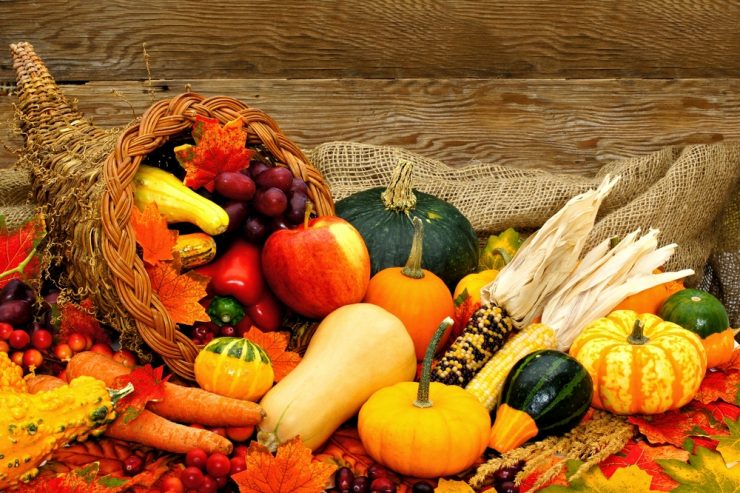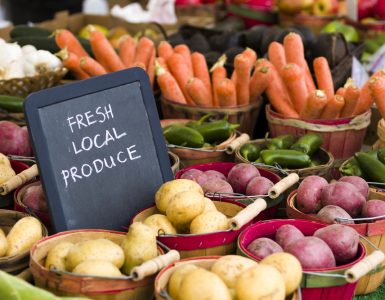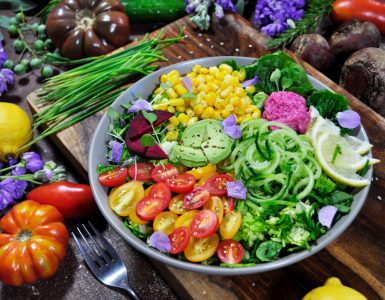Fruits and vegetables provide the most nutrition when eaten at the time nature intended.
Clinical nutritionist Suzie Sawyer shares five delicious, versatile vegetables and the nutrition they provide.
PUMPKIN
When it comes to autumn nutrition, pumpkins really come into their own during October. Not only do they make great Halloween lanterns, but their lovely bright-orange flesh provides beta-carotene, which the body converts into vitamin A – a powerful antioxidant that helps boost immunity.
Pumpkins also have a useful role to play in the vegetarian diet where animal products, which provide vitamin A, are not included.
Pumpkins make great soup and are just as delicious peeled, chopped and roasted with a little olive oil, while their seeds, which are a great source of immune-boosting zinc and bone-building magnesium, can be saved and roasted for a tasty snack.
CELERIAC
Related to celery and sometimes called celery root or even ‘the ugly one’ because of its tough, rough skin, celeriac is not to everyone’s taste. But from an autumn nutrition point of view, celeriac contain lots of heart-friendly potassium as well as being a good source of fibre, which helps lower cholesterol levels.
Celeriac has a much gentler flavour than celery and mashed with black pepper and a little cream makes a tasty and indulgent vegetable on the side. Finely sliced, parboiled and tossed in mustard mayonnaise it can also be made into a classic French dressing.
KALE
A star member of the cabbage family, kale more than justifies its place in the superfood list! Kale provides a wealth of nutrients but also contains compounds that help liver detoxification as well as having a positive effect on female hormones, helping to balance oestrogen levels, especially during the menopause.
As with any richly coloured fruit or vegetable, kale provides age-busting antioxidants as well as iron and B vitamins for boosting energy levels. It is best eaten lightly steamed and tossed with some black pepper and butter to retain maximum nutrients.
SWEDE
Synonymous with the winter months, swede certainly stands its ground in terms of nutrients. A good source of vitamin C, it also contains compounds known as indoles that may help protect the body against certain cancers.
As their name suggests, swedes arrived in the UK via Sweden although in Scotland they’re often called turnips or ‘neeps’. They are delicious mashed with some black pepper and are a favourite if you’re watching your weight: a typical cooked serving only contains around 11 calories.
CABBAGE
Unlike kale, cabbage is often maligned, partly because it doesn’t smell too good when overcooked! Cabbage, however, is the key ingredient in the wonderfully healthy sauerkraut where it is first pickled and layered with salt before being left to ferment. The fermentation produces lactobacilli – bacteria which are incredibly healthy for the digestive system, and, indeed, the whole body.
Although it may not sound that appetising, raw cabbage juice is a great healer if you have stomach or digestive issues.














